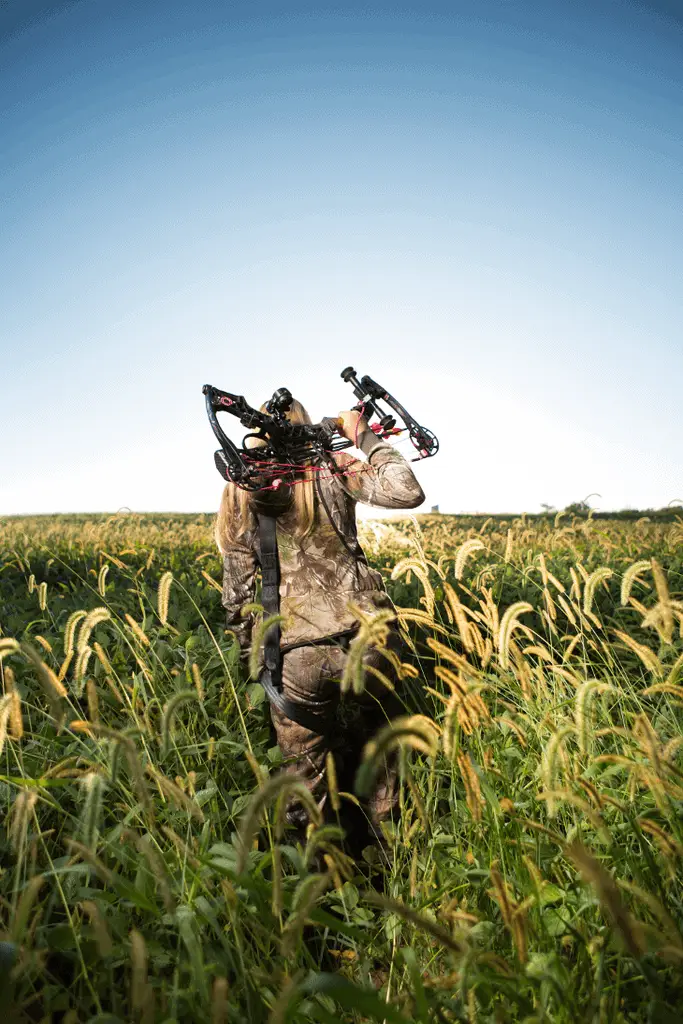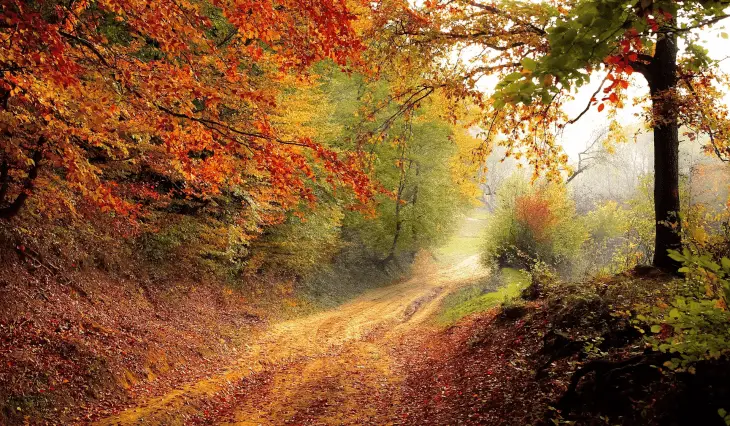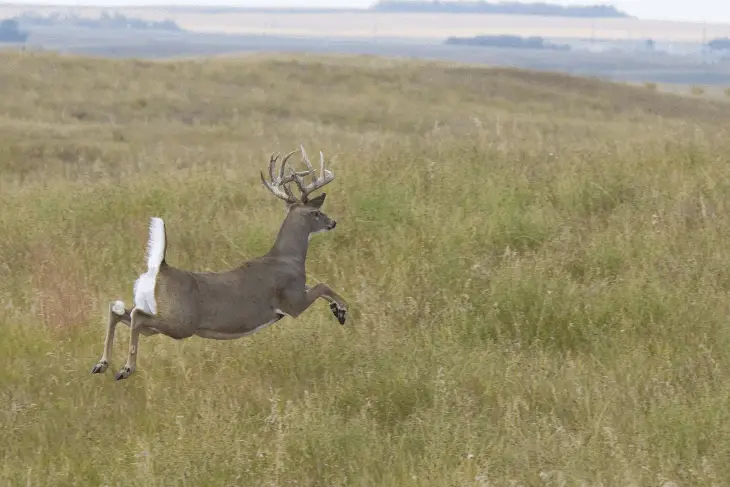If you’re 1) a female, and 2) interested in bowhunting, you probably have a lot of questions. You may be wondering:
- Are there other women who like to bowhunt?
- Is there any special equipment that I need, or special apparel? and lastly,
- How on Earth do I get started in all of this?
There’s a lot to consider, and starting your bowhunting practice can be pretty overwhelming—after all, there’s a lot to know!
So in this post, we’ll take a very deep dive into bowhunting, and discuss all the questions and concerns you may have: we’ll talk about changing demographics, women-only bowhunting trips, some female bowhunters who have made the “big time,” and at the end, we’ll include some specific bowhunting advice for women—for about 90% of bowhunting, gender is pretty unimportant, but there are a few things you’ll probably want to keep in mind.
OK! Let’s jump in, and we’ll start with one of the most important questions:
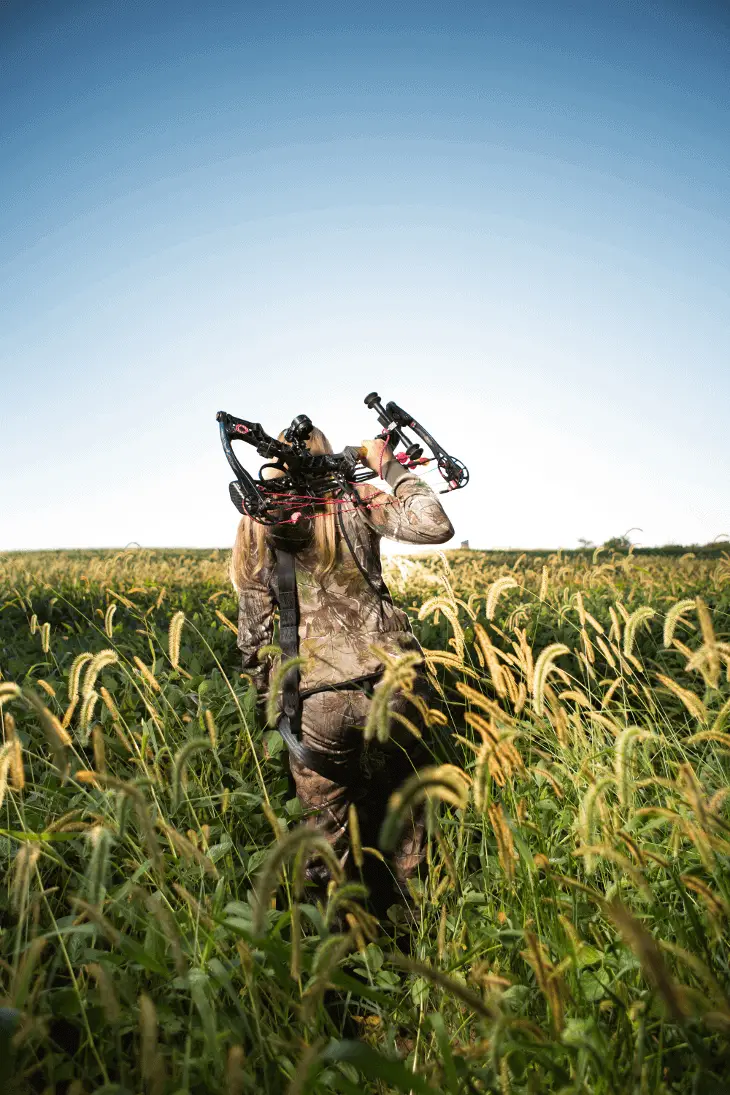
Are There a Lot of Women Bowhunting?
The answer to that is a resounding “Yes, yes they are.”
While industry professionals have only started gathering figures over the last couple of decades, we know that in 2001 there were roughly 395,000 female bowhunters, representing about 8.4 or 8.5% of all bowhunters nationwide. By the time 2014 rolled around, researchers estimate that there are roughly 1,056,000 female bowhunters—an increase of about 167%.
When you consider that there are about 5.5 million bowhunters in the United States, you realize that almost 20% of the bowhunting population is female. That’s downright incredible, and it’s a dramatic shift in demographics.
So, yes, women are bowhunting. Not only that, but women have taken a much more active interest in general hunting, as well: in the early 1990s, there were an estimated 1 million female hunters, and that number had risen to 3.3 million female hunters. That, too, represents an explosive growth in interest.
But even those numbers pale in comparison to the number of women who are active in archery generally. It’s estimated that in 2018, there are over four million women who pick up a bow for either competitive or recreational purposes.
Part of that is due to the influence of fictional female characters like Merida in the Pixar movie Brave and Katniss Everdeen in The Hunger Games movies (did you really think you were going to get through an article about female archers and not hear about Katniss Everdeen?), but the reality is a little more complicated: there’s been a swift uptick in archery in urban locations, as well as a renewed interest in archery at the high school level, and both of those factors have introduced women to the activity.
With so many women involved in hunting and bowhunting, you may be wondering…
Why Is It a Surprise Women Are Hunting?
Well—it’s not, really! Women have always been hunters. That was true long, long ago—a recent study deduced that Neanderthal women most likely hunted large game animals along-side men—and there’s a LOT of cultural evidence from all over the world that women hunted with (or very often, without) men.
But it’s true over the last couple of decades, as well. A while back, an article posted on Jezebel talked about how interesting it was that women were finally starting to hunt. The comment sections were pretty funny—dozens of comments from women basically said the same thing:
“I learned how to hunt from my mom, and she learned from her mom. What’s this article talking about?”
and
“I hunted with my brothers growing up, and I never once thought of it as a guy thing”
and
“I grew up in a rural area, and I was the weird girl because I didn’t hunt.”
So, while there is a recent uptick in female hunters and bowhunters, make no mistake—there’s a long history of women heading out into the woods to harvest some game.
So… WHY Are Women Bowhunting? What are the Benefits?
We’ve written about a couple of the general benefits of bowhunting, but here are some of the reasons we’ve heard from female friends, spouses, family members, and various female hunting buddies:
A Boost in Self-Confidence / A Feeling of Power. Hunting somehow makes you feel both very powerful (harvesting an animal and providing meat for you and your loved ones can be incredibly empowering), but also very small (and many hunters will tell you that being out in nature makes them feel very humble and grateful). Those feelings add up to an experience of self-confidence and self-reliance. Knowing that you can walk out into nature and find a way to feed yourself can do a lot for one’s self-esteem, and those feelings of ableness can transfer to other parts of your life.
Respect for Nature / The Environment. In order to become an effective hunter, you’ll need to learn about the game you’re hunting: its behavior, mating routines, diet, and so on. You learn to “read” the environment your game lives in, to find out where it’s been, where it’s going, and what it’s trying to communicate to other animals. In other words, you develop an in-depth knowledge of its natural habitat, and all the incredible wonders involved.
It’s fascinating, and amazing, and astounding, and simply being out in the woods / savannah / mountains / wherever is a wonderful experience that can bring insight into anyone’s life. (And, by the way, you’ll get a lot of people [read: non-hunters] who will ask you, “how can you enjoy nature if you’re going to outside to HUNT animals,” and we’ll talk about that a little bit more in our “Ignore the Haters” section).
A New Community and Group of People to Share Experiences With. Have you ever heard someone talk about their hunting buddies with a deep sort of respect that sounds like reverence? There’s a reason for that. Hunting is an intense experience, and it can create bonds that last a lifetime. There’s a lot written about family ties and hunting, but the community that hunting can create is also pretty powerful. That said…
Some Gosh-Darn Alone Time. For every woman who wants to go hunting with family and friends, there’s a woman who wants a gosh-darn weekend to herself and get away from her family and friends, and what’s so wrong about that? Nothing, is what, and that’s why “a little gosh-darn alone time” can be a fantastic reason for some bowhunting.
A New Experience with Food—and Harvesting Your Food. Most new bowhunters go after deer, because they have extremely high populations, and it’s important to keep those populations within environmental boundaries. Deer meat (called venison, for all your newbies out there) is a lean meat high in protein, and when you hunt it in the wild, it is hormone-free, additive-free, humanely raised, and 100% natural. Many people report that knowing where their food comes from—and knowing it wasn’t tortured on the daily at some factory farm—makes them feel a lot better about their meat consumption.
Hunting = Conservation. Did you know there’s a tax on hunting licenses and archery equipment, and those tax dollars go directly to the U.S. Fish and Wildlife Service, as well as state wildlife agencies? Yep! It’s true. That money is actually used very wisely—which is always nice to hear—and it goes to wildlife and natural research, environmental restoration projects, and a number of other conservation programs.
Bowhunters (and the entire hunting and fishing community, for that matter) are extremely concerned about our natural environment, and believe it or not, a decline in hunting numbers can threaten how the United States pays for its conservation efforts!
Last but Not Least… It’s Fun. At the end of the day, hunting is great for women for the same reasons it’s great for men: it’s an exciting adventure that keeps you fit, provides you with outdoor time with friends and family, and is part of our heritage as humans. So what’s not to love?
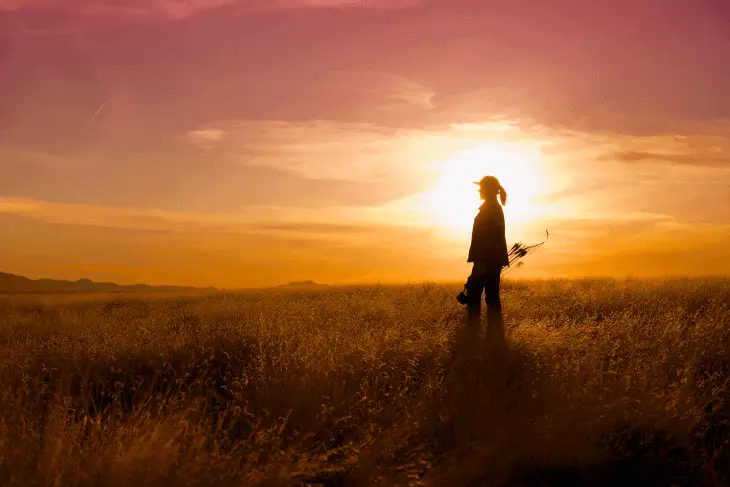
Where to Learn Bowhunting Skills
Alright, great—bowhunting is fantastic for women, and we all want to learn more. So where can you go?
Well, shameless plug, but… we’ve got a lot of great articles about bowhunting, and we hope you’ll take a look!
That said, there’s also the “Bowhunting 101” page on Bowhunting.com, which has some great posts and videos, and the “Bowhunting 101” page on Bowhunting360.com, which also has some great intro articles (and apparently bowhunting sites really like that “101” title). You’ll find that there is a LOT of content online, but those sites are among the best. There’s also a LOT of content on YouTube, and thousands of hours of live hunting footage, and those can be very helpful. There’s a lot of garbage on YouTube, for sure, but some real gems too.
As far as hands-on lessons specifically for women, there are some fantastic options, but the one we’d recommend the most would be the Becoming an Outdoors Woman (BOW) program. They’re fantastic. Most states have a BOW program, and while each one offers slightly different programs, most are weekend or week-long programs that teach women shooting / shooting safety, bowhunting, fishing, camping, marksmanship, and a whole bunch of other awesome skills.
They’re also just a lot of fun, and a great opportunity to meet like-minded women. Here’s example from the state of Arizona, and here’s another example from the state of Illinois. Some states only have a few weekend getaways a year, while others have quite a few.
As far as we can tell, the actual BOW organization doesn’t have a website (although they do have a Facebook page), so to find a BOW program in your state, you might have to hop over to your favorite search engine and type in the name of your state along with the words “become an outdoor woman”.
And, of course, if you’re looking for a local organization, you can always go to your area archery shop and/or range, and ask about any women’s bowhunting groups near you. Archery shops and ranges usually have a very dedicated staff with an absolute wealth of knowledge, and they’re usually thrilled to help a new bowhunter find his or her way.
Women’s-Only Hunt Trips
There’s another way to gain some skills—or to exercise your bowhunting skills once you have them—and that’s to go on some female-only hunting trips. They’re another great way to “learn from doing” and have an experienced pro show you the ropes and get you a little more comfortable.
Most female-only hunting expeditions are location-based—here’s one in New York State and here’s another in Oregon—but there are a couple of female hunting groups that organize in multiple areas. The Sisterhood of the Outdoors runs female-only hunting trips in a number of different states, and Girls’ Hunt Out (kind of like “girls’ night out”) has a great Facebook page that they update with upcoming trips all over the country. Nice to know you’ve got options!
And, of course, you can always plan your own trip! That can be enjoyable in-and-of itself.
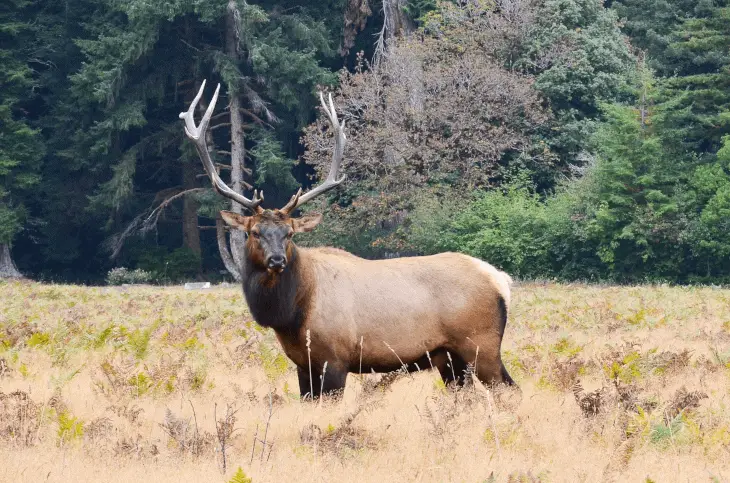
Big Names in the Female Bowhunting World
If you’re looking for some guidance from some big-name female celebrities in the world of bowhunting, you’re in luck: there are quite a few of them online and on TV, and plenty of up-and-coming bowhunting personalities, as well. While there are a LOT of famous and semi-famous female bowhunters out there, here are a few you may want to check out:
Melissa Bachman. She may be one of the biggest names associated with lady bowhunters, and she’s certainly earned it: Melissa started out in TV production after studying it in college, and after producing a lot of television programs for the Sportsman Channel, she finally got her own show, called Winchester Deadly Passion.
She spends an incredible 250 DAYS A YEAR in the field, trekking around the globe and hunting, and her efforts have made her one of the most notable bowhunters in the world. She got loads of videos of her show on her YouTube channel, and she’s pretty active on her Facebook page, as well.
Jessica Taylor Byers. It’s wonderful to see: Jessica Taylor Byers has made a commitment to bowhunting that many other hunters don’t. She, too, has a pretty active following on Facebook and recently made a visionally stunning short film titled “Grounded” that really captures how special hunting with family can be.
Beka Garris. For those of you who think New Jersey is basically just a big shoreline—or just Newark airport—think again: New Jersey native Beka Garris grew up hunting in the hill county of North Jersey with her brothers and sisters, before moving out to Ohio, where she now hunts with traditional bows.
Beka has a HUGE Facebook following—more than 120,000 people, which is pretty darn respectable—and it’s easy to see why: she’s got a great eye for trends in the bowhunting community, and she sparks great conversations on her social media outlets. She also a pretty inspiring Mama Bear: she’s got plenty of photos of her trekking through hunting grounds, traditional bow in hand, with her infant daughter on her back. We should all be so tough!
So, those are a few of the individual women who having big There are a lot of husband-and-wife bowhunting teams, as well, and you may want to check out:
Vicki Cianciarlo and Her Husband Ralph. Vicki and her husband have had television shows on the Outdoor Channel for almost two decades, and their most recent show, Archer’s Choice (great name!) follows them as they hunt from hot-as-heck Florida all the way to cold-as-ice Newfoundland. They, too, have a huge Facebook following—almost a quarter-million people—and hundreds of videos on their YouTube channel. They’re a lot of fun, and they’re a great example of how bowhunting / hunting can be a weekend pursuit you enjoy a couple of weekends a year, or a lifelong lifestyle that lets you travel all over planet earth.
Tiffany Lakosky and Her Husband Lee. Tiffany and her husband Lee are also on the Outdoor Channel. Their show is wildly popular, as is evidenced by their Facebook page, which has more than 600,000 followers. They have a pretty neat story—they met in an archery shop where Lee was working—and they’ve worked very hard to develop their farms and white-tail deer management programs. Lee and Tiffany do a lot of road shows, so if you become fans of theirs, you can check their calendar and see if they’ll be stopping by a venue in your area.
Keep in mind, the list of bowhunting women with TV shows and/or large online followings is growing day by day, and if you want to learn even more about female bowhunters, you may want to check out Taylor Drury, Kathryn Brown, Haley Heath, Brittany Boddington, Mia Anstine, Nikki Boxler, Amanda Caldwell, Randi Clark, and Gina Brunson (among many others!). Many of those women are into various hunting disciplines (and not just bowhunting), but they’ve got a lot of skill (and a lot of recognition!).
Is There a Lot of “Hot Babes of Bowhunting” Sort of Thing?
Sadly, yes, there is, and there’s a lot of it, and that probably won’t change. We don’t post that sort of thing here, as we want our site to be a welcoming place for everyone and we don’t want to make anyone uncomfortable, but there’s a lot of that elsewhere, and if you enter “bowfishing with bikini” in YouTube, you will find hundreds of videos of “babes on boats,” basically. The good news is, for everyone one of those videos, there’s another video with a female bowhunter who’s got incredible skill and is passionate about the pastime, so… that’s good? But, yes, there is a lot of that out there.
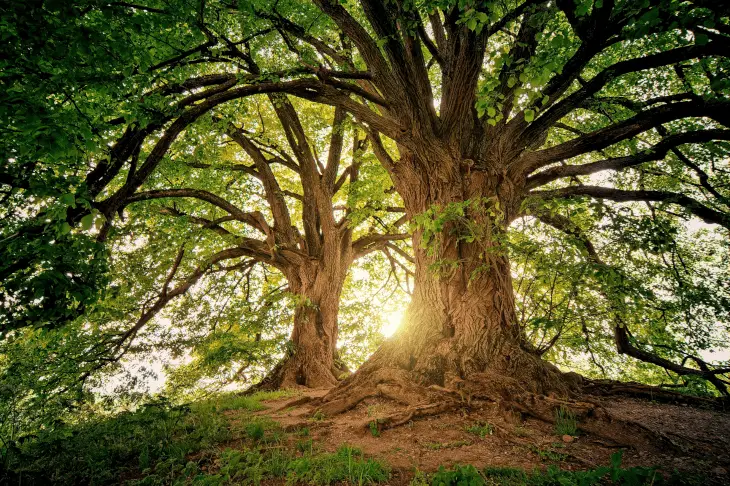
Specific Advice for Women Bowhunters
So let’s get down to it! Finally—our guidance, both from women bowhunters we’ve talked to and from our experience as new bowhunters. If you’re familiar with any of these, feel free to skip to the next tip. The first one is crucial:
Get the Right Bow for Your Size
This is perhaps the most important “newbie tip” we’ll share, and while it’s a performance tip, ultimately, it’s a safety tip: use a bow that fits you.
Here’s what you need to know:
The most important measurement in bow size is called “draw length.” Draw length is basically how far you can comfortably draw the bow string back. As a general rule of thumb, your draw length is your height in inches divided by 2.5. So if you’re five-foot-six-inches tall, you draw length would be
Height in inches: 5 feet = 60 inches plus 6 inches = 66 inches
Draw length: 66 inches / 2.5 = 26.4 inches.
With a draw length of 26.4 inches, you’d either round down to 26 inches or up to 27 inches. You can ask around and borrow a bow that’s has a 26-inch or 27-inch draw length, or you could rent one from a bow shop.
And there you go! That’s how you get your draw length. If you want a more exact draw length figure—and if you’ve decided to jump in head first and bow an expensive bow—you can go to your local archery range or shop and they have a tool (called a draw length indicator) that’ll give you an exact measurement.
Make Sure You Meet Your State’s Draw Weight Requirement
Each state has a requirement about the draw weight your bow will need to have. Draw weight is basically a measurement of how much resistance you feel when you pull your bow string back, and it’s measured in pounds, so a bow with a draw weight of 20 pounds will be easier to pull back that a bow with a draw weight of 25 pounds.
Here’s why draw weight is important:
Bows with lower draw weights shoot arrows with less force, and bows with higher draw weights shoot arrow with more force. When you’re hunting game, your bow needs to shoot arrows with enough force so that your arrows will penetrate the deer or turkey or whatever it is you’re hunting, because if you shoot an animal from a bow that’s too weak, the arrow won’t penetrate the animal, and will most likely just wound it, instead of putting it down. You want to avoid that at all costs.
So, most states have requirements about the draw weight your bow will need, and in most states, that draw weight is 40 pounds or more. A draw weight of 40 pounds is usually enough to penetrate an animal and put it down (but you’ll need to check your state’s requirements and see what the minimum required draw weight is).
Here’s the thing: for most new bowhunters—both male and female—40 pounds feels like a lot, so you may want to work your way up in poundage, and begin with a bow that’s 20 pounds, then 25 pounds, then 30 pounds, and so on.
That said…
Don’t Shoot “Overbowed”
When archers and bowhunters say you’re “overbowed,” it means your draw weight is too high for your strength. Shooting a bow that’s too heavy is a problem because 1) you can strain and even injure your muscles when you repeatedly pull back a bow string that’s too heavy; 2) you lose some accuracy when you’re shooting above your comfortable draw weight; and 3) it can be dangerous—the chances of you letting loose a wayward arrow skyrocket when you have less control over the bow.
Being overbowed is an issue a lot of people encounter, regardless of gender, and it’s particularly a problem for new bowhunters, who may overestimate their strength a little. After all, you may be looking at a bow with a 30-pound draw weight and thinking, “I can lift 30 pounds,” but the truth is, every time you pull the draw string back you’ll be pulling that 30 pounds, and that can get mighty tiring after a (very short) while.
Make Sure Your Camo Fits
Hunting is dangerous, and we tend to forget that. You’ll need full movement of your body, regardless of whether you’re shooting from a tree stand, a ground blind, or even from the ground. Take the time to make sure what you’re wearing works for you.
It used to be the case that there simply wasn’t any camo gear for women—and even when gear manufacturers started to realize, “Hey, women seem to really enjoy hunting,” they didn’t really put too much effort into getting the shape of clothing correct. A lot of the pants, jackets, and vests were basically shaped for men and called “women’s hunting gear” and tagged with pink labels. Nowadays, there’s a lot of apparel made specifically for women, so be sure to find what works for you—and if you’re hunting in colder areas, apparel that keeps you warm.
You may have do some searching—in the grand scheme of hunting garments, there’s still a lot more available to men than women—but there are some great outfitters for women out there. Cabelas has some great gear for women, as does Sitka, but Prois specializes in hunting gear specifically for women, which is pretty cool.
You Don’t Have to Be in Peak-Level Condition…
…but it helps to be in somewhat decent shape, especially if you’ll be spot-and-stalk hunting, where you spot game at a distance, and then trek towards it over the course of a few hours.
Hunting can be high-impact or low-impact, but even the low-impact strategies for hunting—and that would include sitting in a tree stand for hours, or holing up in a ground blind—are easier when you’re fit. You don’t need too much physical strength, but cardio can be a HUGE advantage. You’d be surprised how much hunting is about “legs and lungs.”
If You’re Alone, Consider Bringing Self-Protection…
…or even if you’re going with friends.
We have a friend, who, after years of city-living, decided he wanted to start hiking. So he started renting cars on the weekends and making treks along the Appalachian Trail. After his first trip, he came back and said the following:
“I got a couple of miles onto the trail and I finally came across another hiker, and I almost had a panic attack. I realized I was miles away from anyone who could hear me, and if this other hiker wanted to harm me, there was nothing I could do about it.”
We’re willing to bet that the great majority of bowhunters and hunters are good, decent people who are out there with their friends and family. The chances of you getting attacked by another human are honestly probably pretty small.
But—they’re not zero.
If you feel an extra measure of safety, it can’t hurt to bring some pepper spray, or whatever your favorite, legal self-defense tool-of-choice may be.
And, speaking of people who may mean you harm…
Ignore the Haters
Hunting is a little more controversial than it used to be, and there are some very vocal, very aggressive people who will want to share with you how much they don’t like the idea of you hunting. It happens, and most likely it *will* happen to you, if you get really into bowhunting and decide to share your new passion with others.
If that happens, try to be your best self. Be patient, be polite, and explain the benefits of hunting to wildlife populations and conservation efforts. And then…
Expect them not to hear any of it. It’s a pretty human thing to be set in your opinion, and if you can change their mind, great. If not—well, that’s fine too. Go about your life and live your passion.
And while we’re talking about “haters”…
Be Careful on Social Media
Social media gives everyone a voice, and that’s great, but there are a lot of people out there who use their voices to bully and threaten others. That’s truly a shame, because social media can be an unbelievably useful tool in bringing people together—but a lot of people use it as a soapbox instead. It happens.
This is all to say—the more you post about bowhunting on social media, the higher your chances of getting negative feedback. Be mindful of what you post and where you post it, and if someone is truly being aggressive with you, ban / delete / unfriend / say sayonara / and move on. Curate your friends wisely, and reveal only what you’re comfortable revealing. Remember, too, that there are a LOT of folks on social media who are supportive and kind, and they can be great allies.
You’re Going to Hear from Some Really Dumb Guys
If you look at the big picture, we’ve all made great strides in the last couple of decades. In a lot of ways, people have more opportunities than they’ve had in the past, and there have been a lot of bridges built between different types of people.
That said, there are still some stone-age dummies out there, and… chances are pretty strong you may hear from them! It may be a dumb comment on the range, an unenlightened remark from a colleague, or something posted on a bowhunting or hunting forum. Whatever it is, do your best not to let it get to you. Those sorts of comments are always borne out of ignorance.
And, just a heads up: one place you may hear a tremendous amount of vile, cretin-ous comments is on YouTube. For whatever reason, for videos of females hunting and bowhunting, the comments section ranges can from “mildly misogynistic” to “downright off-the-charts hateful.”
Maybe it’s because YouTube allows people to comment anonymously—unlike Facebook, where when you make a comment, people know it’s you—and people feel emboldened to anonymously say awful things, but whatever the reason, just be mindful of what you may read, and don’t let it get you down. YouTube is a fantastic resource for bowhunters and there’s some incredible stuff on there, but you’ll need to ignore a lot of “unenlightened” rhetoric.
Again, the great majority of male hunters will think it is downright awesome you’ve joined the bowhunting / hunting community, and they’ll trip over themselves to be kind and gracious and help you get started and learn how to hunt. Try to keep that in mind and remember the good guys if you hear from any of the dummies.
Bowhunting is Hard!
We feel we should be upfront about this—bowhunting can be difficult! There are multiple skills involved—archery, marksmanship, gear selection, animal tracking, and a number of other techniques that you can’t fake. It takes time to develop those abilities, and it takes time to develop your confidence in those abilities.
So, if you feel like it’s taking a while to gain proficiency, that’s totally normal! Rome wasn’t built in a day, so if you get frustrated, stick with it.
And, speaking of feelings…
You May Experience a Wiiiide Range of Emotions
Hunting is a deeply primal, deeply intense experience, and it can conjure up some really tricky emotions—and sometimes it can conjure up a whole bunch of conflicting emotions all at once. It’s not uncommon to finally harvest an animal, and feel relief, joy, sadness, a little bit of despair, and hopefully, a deep feeling of respect and awe of nature. One of our writers shared that his father is literally moved to tears every time he harvests a pronghorn, and we’d venture there are a lot of people like that.
That’s a good thing, and a very human thing, and an important part of the experience of hunting. Expect it, and don’t judge it—just let it take place and let it wash over you.
And, oh yeah—frustration! That’s a feeling you may experience plenty of! Bowhunting takes a lot of patience, and we’re all human here—sometimes your patience runs out and you get frustrated. You can count on that, too.
Thank You for Reading!
If you’re just taking up bowhunting, we’re absolutely thrilled you’re here. Welcome to the community. Bowhunting is a life-long skill and a passion, and we hope it brings you years of happiness and health. Thank you again, and happy hunting!

